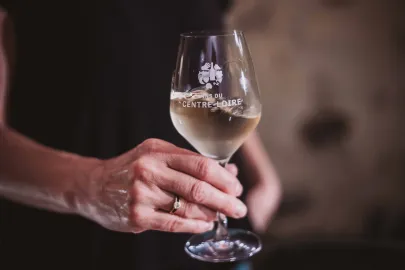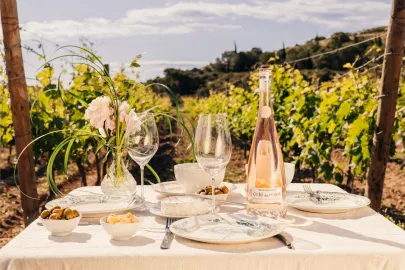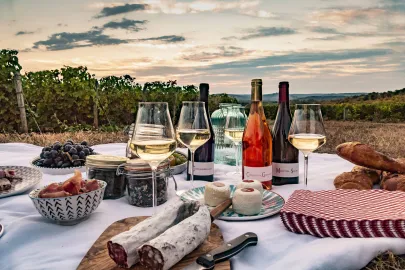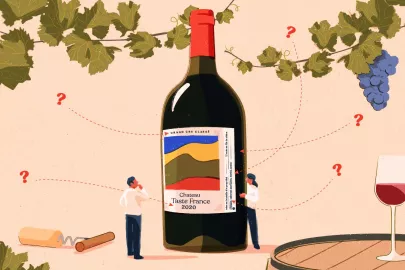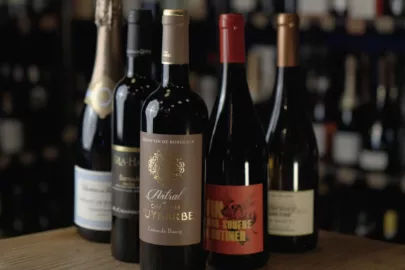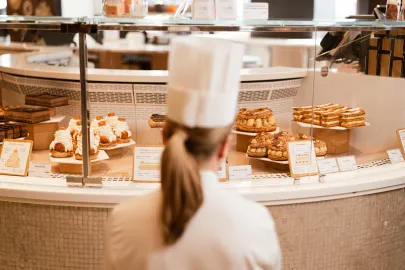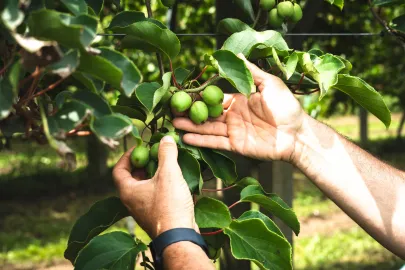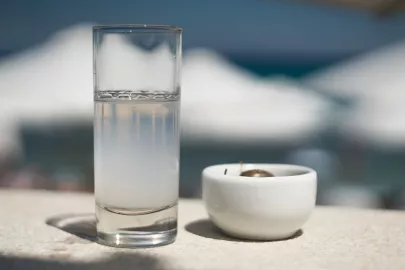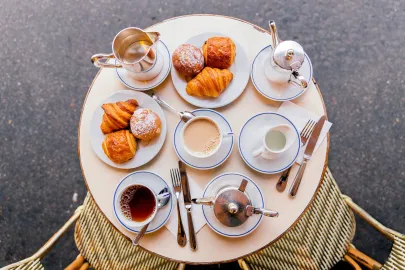For the past twenty years or so that I have been writing about wine, one expression has come up more and more often in bistro conversations and commentaries on this or that cuvée - and not just in relation to swimming pool rosés: "vin de soif” - thirst quencher. I mean no sarcasm here, as I use the term myself on a regular basis. But what does it mean exactly? Calls for an explanation.
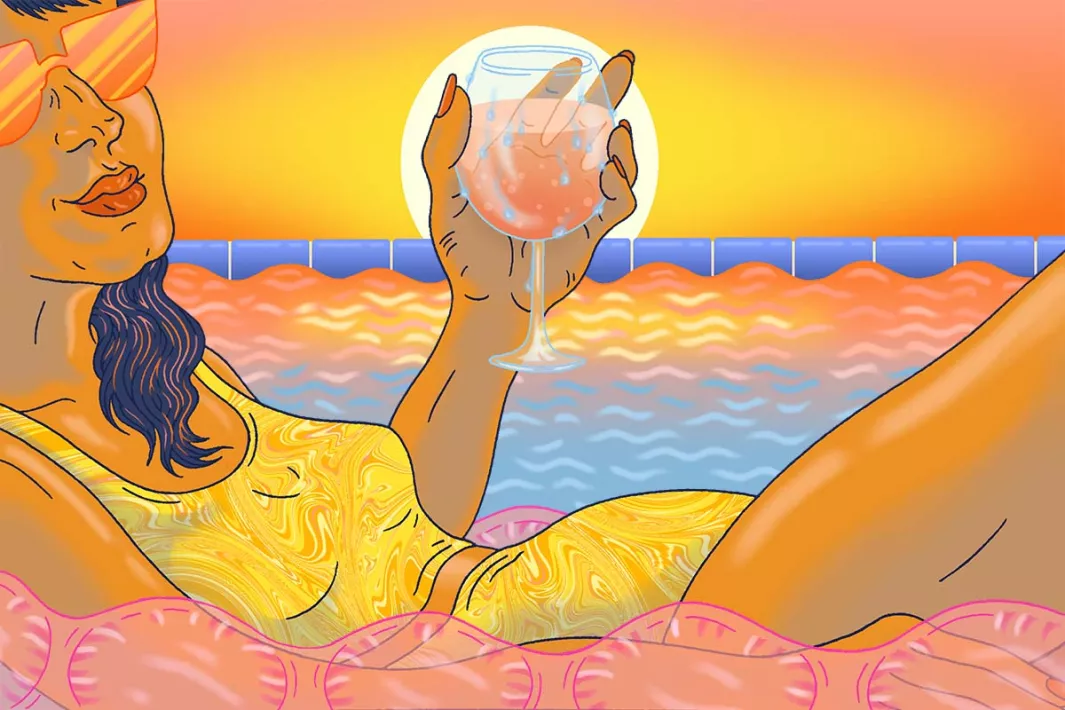
The expression is often accompanied by other terms such as "drinkability", "digestibility" or even "gluggable", words that simpler wines are tagged with. Basically, it describes the lighter, less alcoholic wines, easily accessible wines which offer instant pleasure, and can be enjoyed anytime, anywhere, be it at the table or as an aperitif. Not the type that leave your palate exhausted halfway through the second glass. However...! Some winegrowers, are so concerned with making a thirst-quenching drink that they forget they making... wine.
The result? Cartoon juices that end up looking like grenadine syrup diluted with lots of water. Personally, I lose interest in this tangy, candy flavor from the first sips… I’m not a fan of grenadine. But nor, at the other end of the spectrum, do I like show-off, pumped-up wines with too much to say for themselves. Those which are exhausting enough on the nose, with their excess alcohol and exaggerated woodiness, before finishing you off on the palate, so overwhelming is their desire for domination. All that heavy artillery leaves you gasping for a glass of water!
So, some winegrowers can forget that they are making wine and others clearly lose sight of the idea that wine should be able to quench your thirst. But although there are a few who continue to produce these extremes, I frequently visit winegrowers who are redressing the balance. Particularly in the South and especially in the Languedoc region.
Back in 1990-2000, this region had to muscle its way onto the wine scene. Nowadays, you can arrive at an estate with a lingering memory of disproportionately heavy wines, and a few vintages after your first visit, be struck by an elegance, freshness, and fluidity which in no way hinders the sincere expression of the terroir and the grape - quite the contrary in fact. Such is the case for the Bordes estate, near Saint-Chinian. The wines were already good ten years ago, but a little too warm for my taste. Today, without losing their soul or their identity, they have gained in precision and definition ... Superb! The reverse can also happen. You return to a property with a grenadine after-taste fresh in your mind and then notice that the winegrower has put a little wine in his water to make his cuvées say something other than “jellybeans”.
In short, as is often the case with wine, everything is a question of balance… And, considering the bottles that “my” excellent wine merchant sells every day to his followers, I am not alone in sharing this point of view: the thirst-quenching dimension of wine is essential, as is its ability to tell the story of its terroir. And the two are certainly not mutually exclusive. Two perfect examples: the Aramonix cuvée from the Mont-de-Marie estate, in the Gard, or the wines of Pauline Broqua, in the Aveyron. Both “thirst quenchers” of substance: my holy grail.
Contributor

Editor

